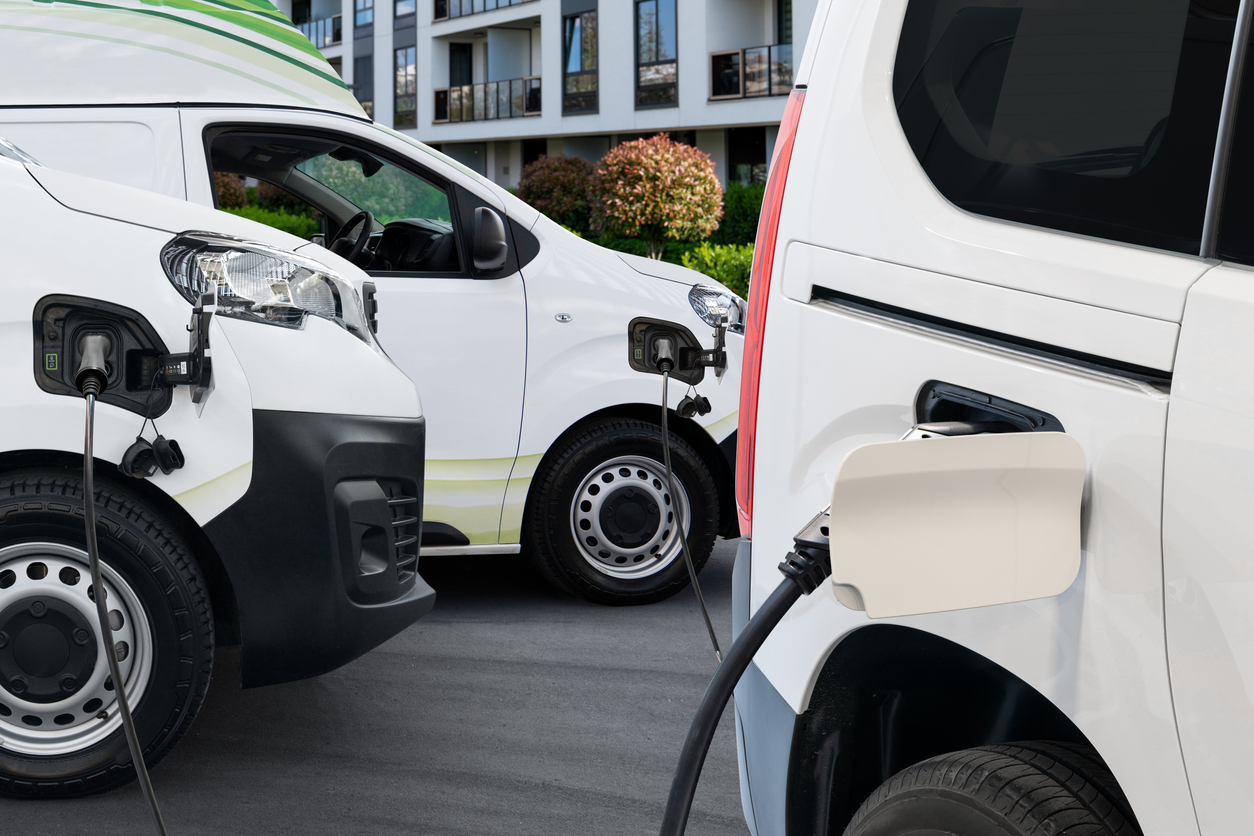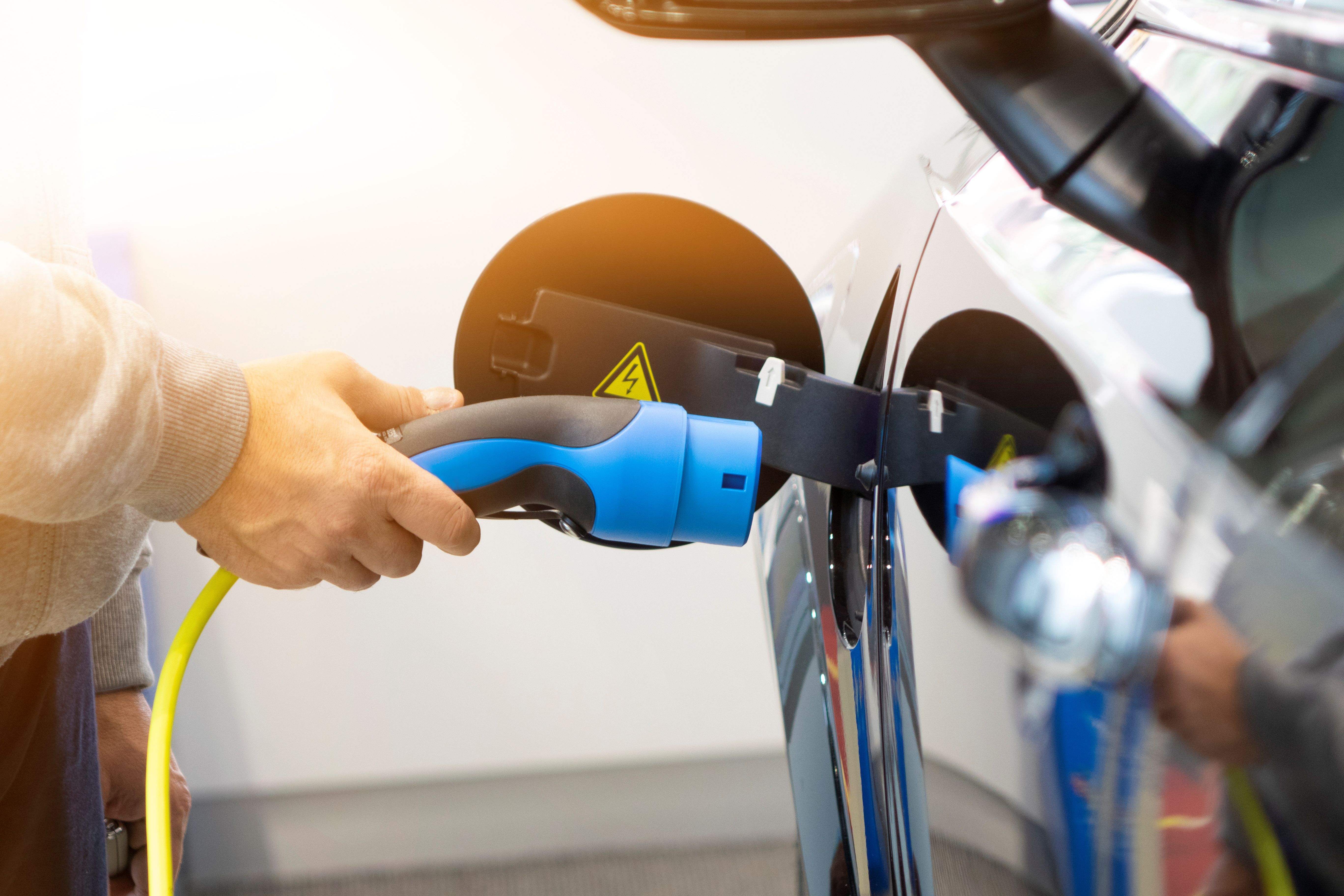Fleet electrification is no longer a distant ideal. With governments enacting stricter emissions regulations and advancements in electric vehicle (EV) technology, transitioning your fleet to electric isn’t just a goal—it’s a business imperative. But for fleet managers, this shift can seem overwhelming. How do you go about electrifying your fleet while ensuring efficiency and cost-effectiveness?
This guide will walk you through the essential aspects of fleet electrification, including its undeniable benefits, common challenges, and what solutions can make the transition seamless and manageable.
What Is Fleet Electrification?
Fleet electrification involves replacing traditional internal combustion engine (ICE) vehicles with electric vehicles (EVs). These vehicles are powered by electric batteries rather than gasoline or diesel, making them more eco-friendly and energy efficient. But switching to an electric fleet isn’t just about replacing vehicles; it also requires planning for charging infrastructure, energy management, and operational changes.
For fleet managers, the push to electrify is not only about environmental stewardship but also about reaping operational benefits, improving cost savings, and gaining a competitive edge.
Why Electrify Your Fleet? The Key Benefits
Transitioning to an electric fleet offers numerous advantages across financial, environmental, and operational dimensions. Here’s why fleet electrification makes sense:
- Lower Fuel Costs
EVs typically offer significant savings on fuel compared to ICE vehicles. Electricity costs are generally more predictable than fluctuating gas prices, allowing for better fuel budget management. - Reduced Maintenance Costs
Electric motors have fewer moving parts than traditional ICE engines, resulting in lower maintenance costs. EVs also avoid expenses related to oil changes, exhaust systems, and other components of traditional vehicles. - Environmental Benefits
EVs produce zero tailpipe emissions, making them a key strategy for reducing your fleet’s carbon footprint. For organizations looking to meet sustainability goals, fleet electrification is a powerful step. - Regulatory Compliance
With stricter emission regulations being enforced globally, electrification ensures that your fleet stays compliant, avoiding penalties and improving your brand’s reputation. - Improved Efficiency Metrics
EVs are capable of regenerative braking, which improves energy efficiency by redirecting energy back into the vehicle’s battery. Additionally, advancements in telematics and fleet management software allow for efficient charge optimization.
Fleet electrification isn’t without its challenges—but don’t worry; we’ll tackle those next.
Overcoming Common Challenges in Fleet Electrification
While the benefits of fleet electrification are compelling, there are obstacles that fleet managers need to consider. Here are the most common hurdles and how you can overcome them:
- High Upfront Costs
The upfront cost of purchasing EVs and installing charging infrastructure can be significant. To offset this, many governments and organizations offer grants and tax incentives for fleet electrification initiatives. AssetWorks’ team can help you identify and apply for these programs to reduce financial barriers. - Charging Infrastructure
Building an effective EV charging network is one of the most critical elements. The key is to understand your fleet’s needs, including daily operating range, downtime for charging, and access to charging stations. - Range Anxiety
Range anxiety is a concern for any fleet manager transitioning to EVs. However, by analyzing operational data, you can identify which routes and vehicles are ideal candidates for electrification, reducing the risk of downtime. - Software Integration
The sudden influx of new data points from electrified fleets can feel overwhelming. To streamline operations, investing in comprehensive Charge Management Software (CMS) ensures that energy usage, charge schedules, and vehicle performance metrics are efficiently managed.
Now, let’s explore how tools like CMS are transforming electric fleet management.

Charge Management Software (CMS): The Backbone of EV Transition
Managing an electric fleet goes beyond simply plugging vehicles into chargers. It’s about balancing operations, utility costs, and vehicle use. This is where CMS plays a pivotal role.
What Is CMS?
Charge Management Software helps fleet managers schedule, monitor, and optimize the charging process. It ensures that vehicles are charged cost-effectively while meeting daily operational needs.
Benefits of CMS
- Utility Cost Management: Avoid peak-hour electricity rates with smart charging schedules.
- Vehicle Uptime: Guarantee fully charged vehicles when needed.
- Energy Optimization: Prevent overloading your energy supply by managing simultaneous charges.
- Data-Driven Insights: Evaluate energy usage trends to improve cost-efficiency and planning.
AssetWorks’ CMS, for example, streamlines every aspect of charge management, allowing fleet managers to focus on larger strategic goals.
Using Fleet Data to Drive Electrification Insights
Before electrifying, you need to assess your fleet and ensure a smooth transition. Data analysis is the key to identifying:
- Vehicles and routes suitable for electrification
- Optimal charging station locations
- Energy consumption patterns
Fleet management platforms like AssetWorks help analyze and visualize this data, providing actionable insights to ensure your electrification strategy is effective and profitable.
AssetWorks' CMS: A Comprehensive Solution
AssetWorks’ Charge Management Software is designed for fleet managers navigating the complex world of fleet electrification. Here’s why it stands out:
- Tailored for Fleets: AssetWorks CMS isn’t a one-size-fits-all solution. It’s built specifically for fleet management.
- Seamless Integration: Sync your operations with ease, combining vehicle data with charging insights.
- Future-Proof: The software adapts to technological advancements, ensuring your fleet remains competitive as EV capabilities grow.
For more detailed information, schedule a demo with AssetWorks today.
Getting Started with Fleet Electrification
Transitioning your fleet to electric doesn’t have to be a daunting task. Follow these steps to begin your electrification:
- Evaluate your fleet data to determine which vehicles and routes to replace.
- Develop an infrastructure plan, including site assessments and charger selection.
- Explore financing options, including grants, subsidies, and EV leasing programs.
- Adopt Charge Management Software to streamline and optimize electric operations.
With expert solutions like AssetWorks, fleet electrification becomes a manageable and rewarding process.
Drive Towards a Greener Future
The future of fleets is electric. Transitioning to EVs offers undeniable benefits, from cost savings to environmental impact. With the right tools and strategies, such as AssetWorks’ Charge Management Software, your fleet can not only meet modern challenges but thrive in this new era of transportation.
Are you ready to make the switch to a more sustainable and efficient fleet?












